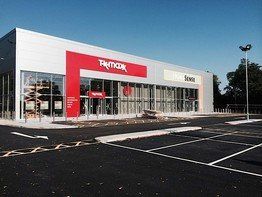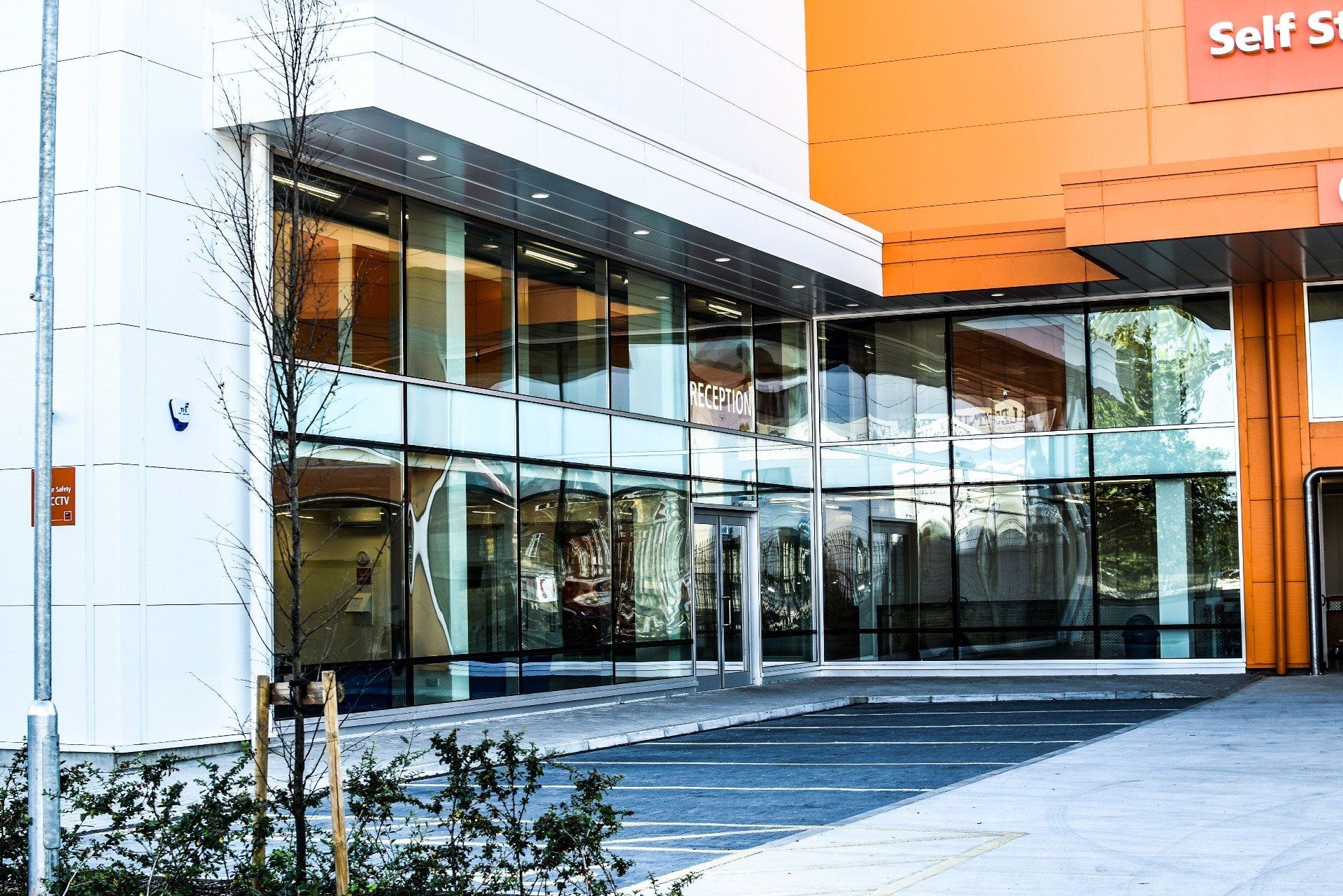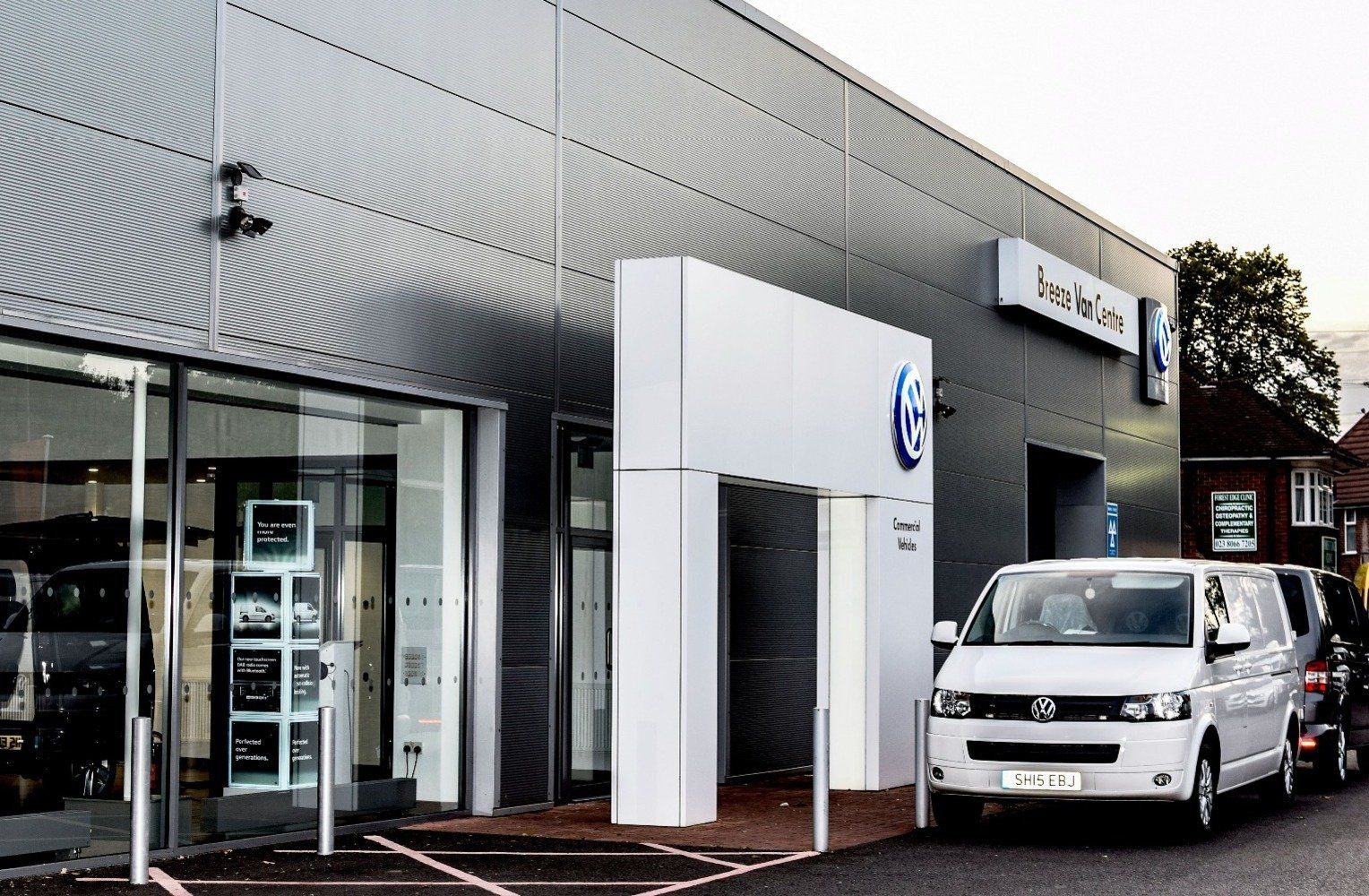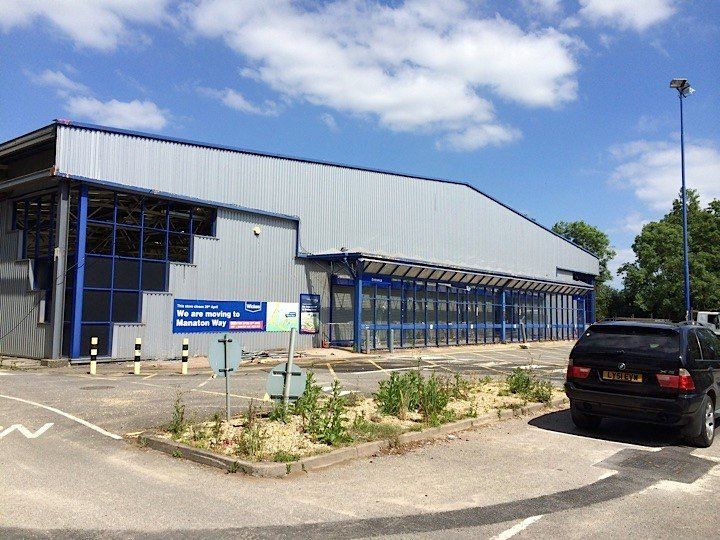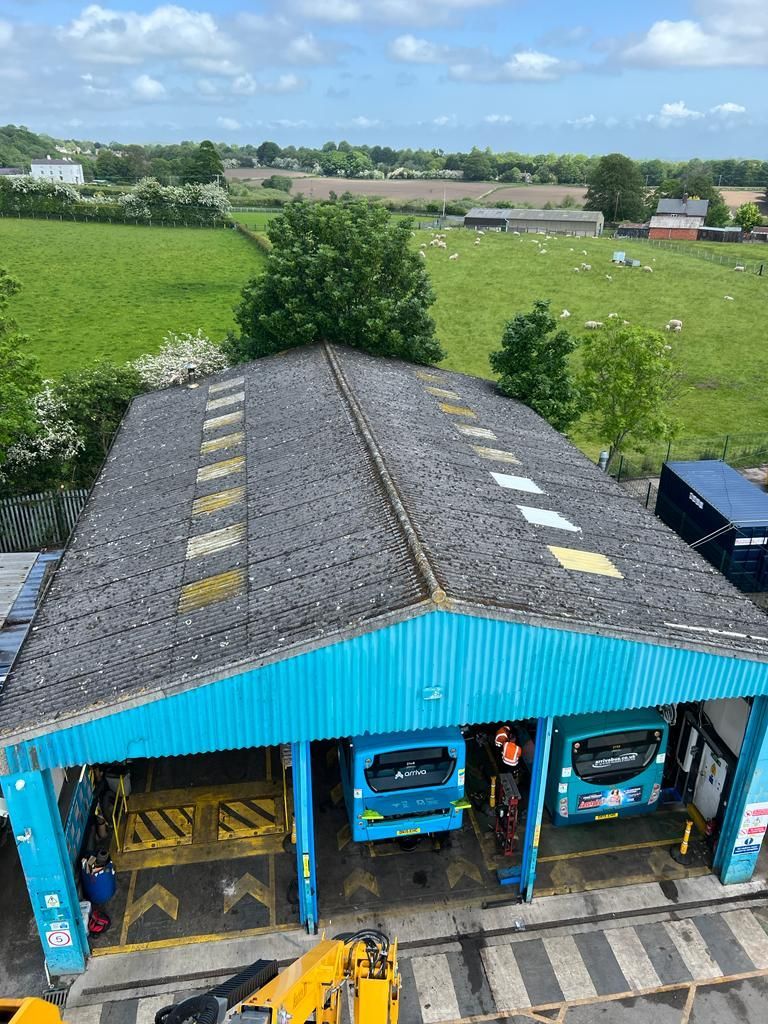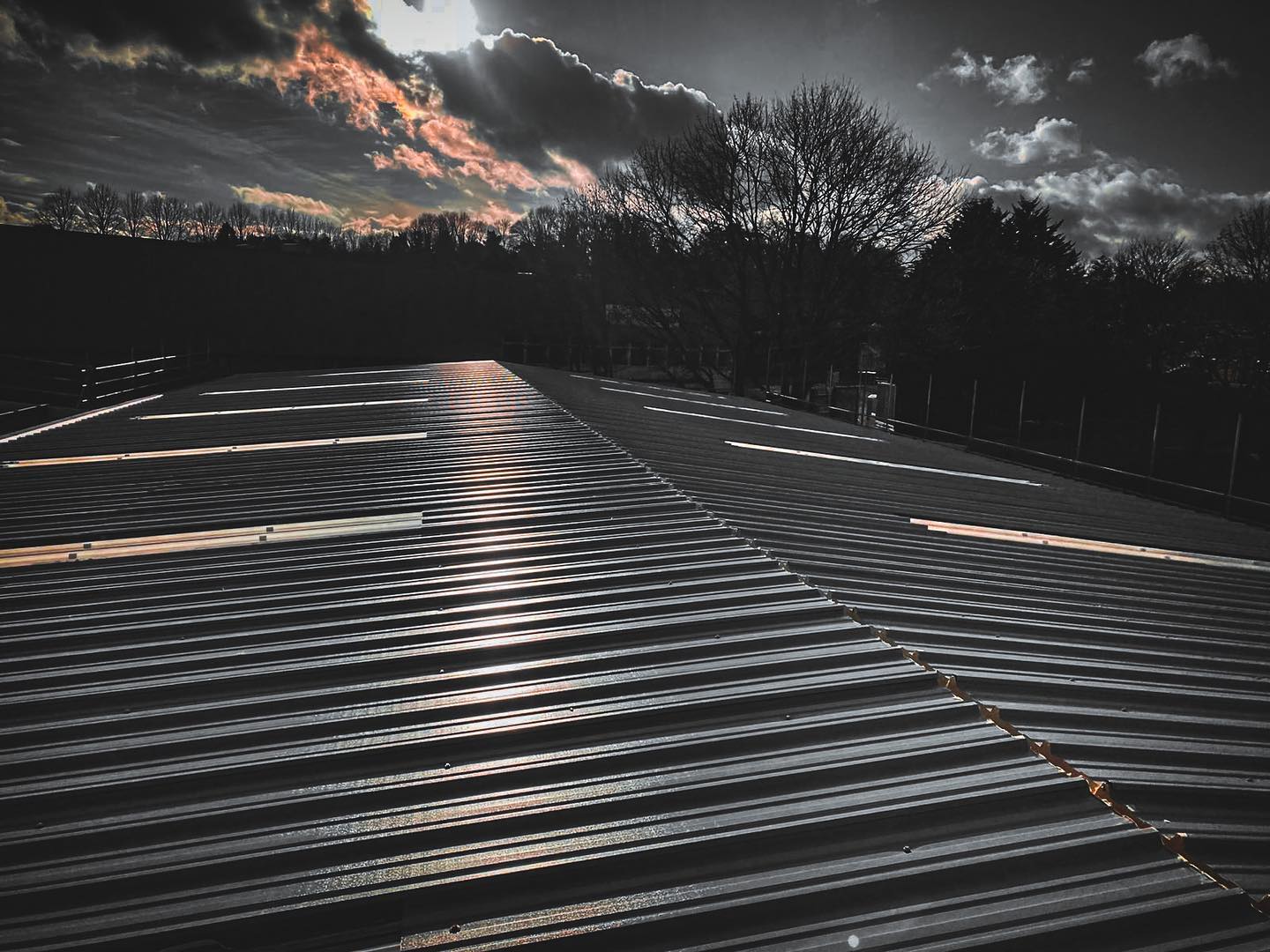Introduction
Commercial cladding is an essential component of any building's exterior design. Not only does it enhance the aesthetic appeal of the structure, but it also provides several practical benefits. In this blog, we will explore the benefits of commercial cladding, focusing on energy efficiency, increased property value, and reduced maintenance costs.
Firstly, we will discuss how commercial cladding can significantly improve a building's energy efficiency. With rising energy costs and increasing environmental concerns, exploring ways to reduce energy consumption is essential. Commercial cladding can act as a barrier against heat loss or gain, thus reducing the need for heating or cooling. This, in turn, translates to lower energy bills and a smaller carbon footprint.
Next, we will explore how commercial cladding can increase a property's value. In today's competitive real estate market, property owners are always looking for ways to increase their property's worth. Commercial cladding can provide a fresh and modern look to a building, appealing to potential buyers or tenants. Additionally, commercial cladding can protect a building's structure, thus extending its lifespan.
Finally, we will discuss how commercial cladding can reduce maintenance costs. Over time, a building's exterior can become damaged due to weather, pollution, or general wear and tear. This can lead to expensive repairs or even replacement. However, commercial cladding can act as a protective layer against external damage, thus reducing the need for frequent maintenance.
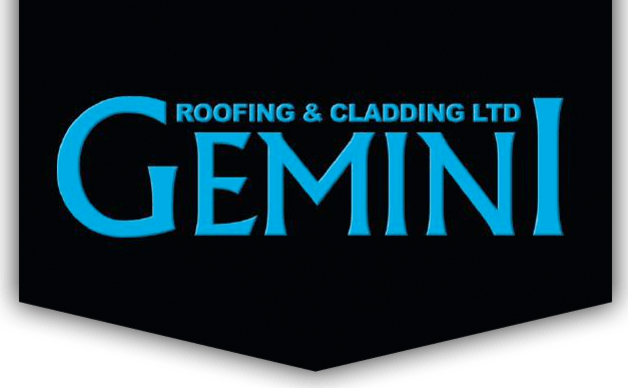
What is Commercial Cladding?
Commercial cladding refers to the process of applying a layer of material to the exterior of a building to enhance its appearance, provide protection, and improve energy efficiency. Modern cladding for commercial buildings can be made of various materials, such as metal, glass or composite materials.
Metal cladding is durable, low maintenance, and comes in various options, such as aluminium and steel. Glass cladding can be used alone or combined with other materials. The choice of cladding material depends on various factors, including the building's function, location, budget, and desired aesthetic. Modern cladding materials are designed to be durable, low-maintenance, and energy-efficient. In addition, they can often be customised to match the design and style of the building.
Cladding can provide a building with a modern and updated appearance that can help attract potential tenants or customers. The variety of materials available for cladding means that building owners can choose from a range of textures, colours, and finishes to create a custom look that matches their design vision.
In addition to improving a building's appearance, commercial cladding can also protect it from external elements. Cladding can act as a protective barrier against weather, pollution, and other external factors that can cause damage to a building's structure. This can prolong the lifespan of a building and reduce maintenance costs over time. Furthermore, cladding can also provide insulation and reduce heat transfer, which can help improve a building's energy efficiency and lower energy costs.
Energy Efficiency Benefits of Commercial Cladding
One of the primary benefits of commercial cladding is its ability to improve a building's energy efficiency. By acting as a barrier against heat loss or gain, cladding can help reduce the need for heating and cooling, which can translate to lower energy bills and a reduced carbon footprint.
Cladding can achieve energy savings by reducing the amount of heat that escapes through the building's exterior walls. Buildings without cladding can lose a significant amount of heat through the walls, resulting in higher energy bills and increased greenhouse gas emissions. Cladding can also reduce heat gain during summer by reflecting sunlight and preventing the walls from absorbing too much heat. This can help keep the building cooler, reducing the need for air conditioning and further reducing energy costs.
Another way that cladding can improve energy efficiency is through the use of insulation. Some cladding materials come with insulation built-in, which can help prevent heat loss and improve thermal performance. Insulated cladding can also help regulate the temperature inside a building, reducing the need for heating and cooling.
In addition to reducing energy costs, the energy efficiency benefits of commercial cladding can also improve a building's environmental impact.
How Commercial Cladding Increases Property Value
Commercial cladding can also provide a significant boost to a property's value. The improved appearance and protection of the building can increase its curb appeal and attract potential tenants or buyers. Additionally, the energy efficiency benefits of cladding can be a major selling point for buyers or tenants looking to reduce their operating costs and environmental impact, especially with the significant increases we have seen in energy costs.
One of the primary ways that cladding can increase property value is through its ability to update the appearance of an older or outdated building. Cladding can give a building a modern and refreshed look, making it more appealing to potential tenants or buyers. This can be especially valuable in competitive real estate markets where first impressions make a big difference.
Another way that cladding can boost property value is by providing a protective barrier against external elements that can cause damage to the building's structure. In addition, by reducing maintenance costs and extending the lifespan of the building, cladding can help increase the property's overall value.
Finally, the energy efficiency benefits of commercial cladding can also increase a property's value. In addition to reducing operating costs, energy-efficient buildings are becoming increasingly important to environmentally conscious buyers and tenants. By investing in energy-efficient cladding, property owners can attract environmentally conscious buyers and tenants and potentially command a higher price for their property.
Reduced Maintenance Costs with Commercial Cladding
The maintenance requirements for cladded buildings are generally lower than traditional brick and mortar buildings. Cladding materials are designed to be durable and easy to maintain
Maintaining a commercial building can be a significant expense for property owners. Because of this, many property owners look to reduce these costs by investing in cladding. Cladding provides an extra layer of protection to the building's exterior and reduces the maintenance required over time.
The two key benefits of cladding over and brick and mortar buildings are:
Durability of Commercial Cladding
Cladding materials such as metal, brick, and stone are known for their durability and resistance to wear and tear. When used as a cladding material, they can withstand harsh weather conditions, prevent water from seeping into the building's interior, and protect the building from external damage. As a result, property owners are less likely to incur maintenance costs related to repairs or replacement of damaged exterior walls.
Maintaining Your Cladding
Cladding materials are also easy to maintain. Most cladding materials require minimal maintenance other than occasional cleaning to remove dirt and debris. Additionally, some cladding materials, such as metal, are resistant to rust and corrosion, reducing the need for regular maintenance.
Factors to Consider Before Installing Commercial Cladding
Installing cladding can be an excellent investment for commercial property owners looking to improve the aesthetic appeal of their buildings. However, before deciding to install cladding, there are several factors that property owners should consider to ensure that they select the correct type of cladding and achieve the desired results.
How Much does it Cost to Clad a Commercial Building
The cost of commercial cladding can vary significantly depending on the type of material used and the size of the building. Therefore, you should consider their budget carefully and select a cladding material that offers the best value for money while meeting their requirements.
Maintenance
Different cladding materials have different maintenance requirements. Usually, property owners select cladding materials that require minimal maintenance, such as occasional cleaning, to reduce ongoing maintenance costs. But there is always a balance between cost considerations and aesthetic appeal.
Aesthetics
The aesthetic appeal of the building is an essential consideration when selecting commercial cladding. Property owners should choose cladding materials that complement the building's existing design and colour scheme.
Conclusion
Cladding is an excellent choice for commercial property owners looking to enhance their property's aesthetic appeal and value. By choosing the right cladding material and carefully considering factors such as building codes and regulations, cost, climate, maintenance, aesthetics, and durability, property owners can achieve the desired results and enjoy the benefits of commercial cladding for years to come.
Cladded buildings offer a range of advantages over traditional brick and mortar buildings, including reduced maintenance costs, improved energy efficiency, and faster construction times. Additionally, cladding materials can be selected based on the specific requirements of a building, such as weather resistance, fire resistance, or acoustic performance, making it a versatile choice for a wide range of applications.
Overall, the benefits of commercial cladding make it a worthwhile investment for property owners looking to enhance the value and appearance of their buildings. With careful consideration and expert installation, commercial cladding can provide an attractive, durable, and low-maintenance solution that meets the needs of modern commercial buildings.
Providing high quality Roofing and Cladding services for commercial, agricultural & industrial properties
Services
Contact Info
Tel: 02382 126665
Email enquiries@geminiroofing.co.uk
Operating in Hampshire & the South East
Gemini Roofing and Cladding Ltd
96 Kendal Avenue
Millbrook
Southampton
SO16 9LY
All Rights Reserved | Gemini Roofing and Cladding Ltd | Privacy Policy | Quality Policy
